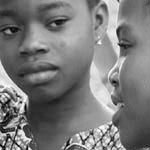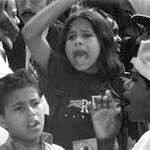|
|
|
A significant step in the fight against trafficking in human beings was made on 15 December with the high-level Signing Conference for the United Nations Convention on Transnational Organised Crime, held from 12 to 15 December in Palermo, Italy. Heads of State and Ministers from more than 80 member states - double the number required to bring it into force - signed one of the accompanying protocols: the Protocol to Prevent, Suppress and Punish Trafficking in Persons, Especially Women and Children. The Trafficking Protocol represents a major development in international law on this issue. It is the first time trafficking in human beings has been defined in an international instrument. The Protocol clearly defines trafficking as the recruitment of people by the threat or use of force, or by deception, for exploitation in prostitution, or other forms of sexual exploitation, forced labour or services, slavery or practices similar to slavery. Apart from the Protocol's strong focus on crime control and law enforcement measures with regard to trafficking, one of its stated aims is to protect and assist victims of trafficking with full respect for their human rights. Despite the successful conclusion of the Convention, some of the senior officials from its 124 signatory states warned that this was just a starting point. Anti-Slavery International and other non-governmental organisations feel this is particularly true of the Trafficking Protocol. While the law enforcement measures are mandatory, the provisions relating to protection and assistance for those trafficked are discretionary. This means that significant pressure will need to be put on governments to include human rights protection for trafficked people in any domestic legislation subsequently adopted. |



